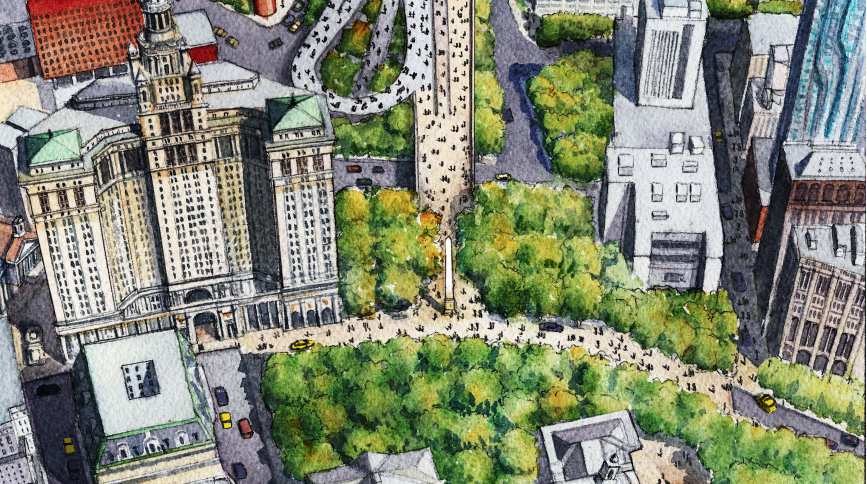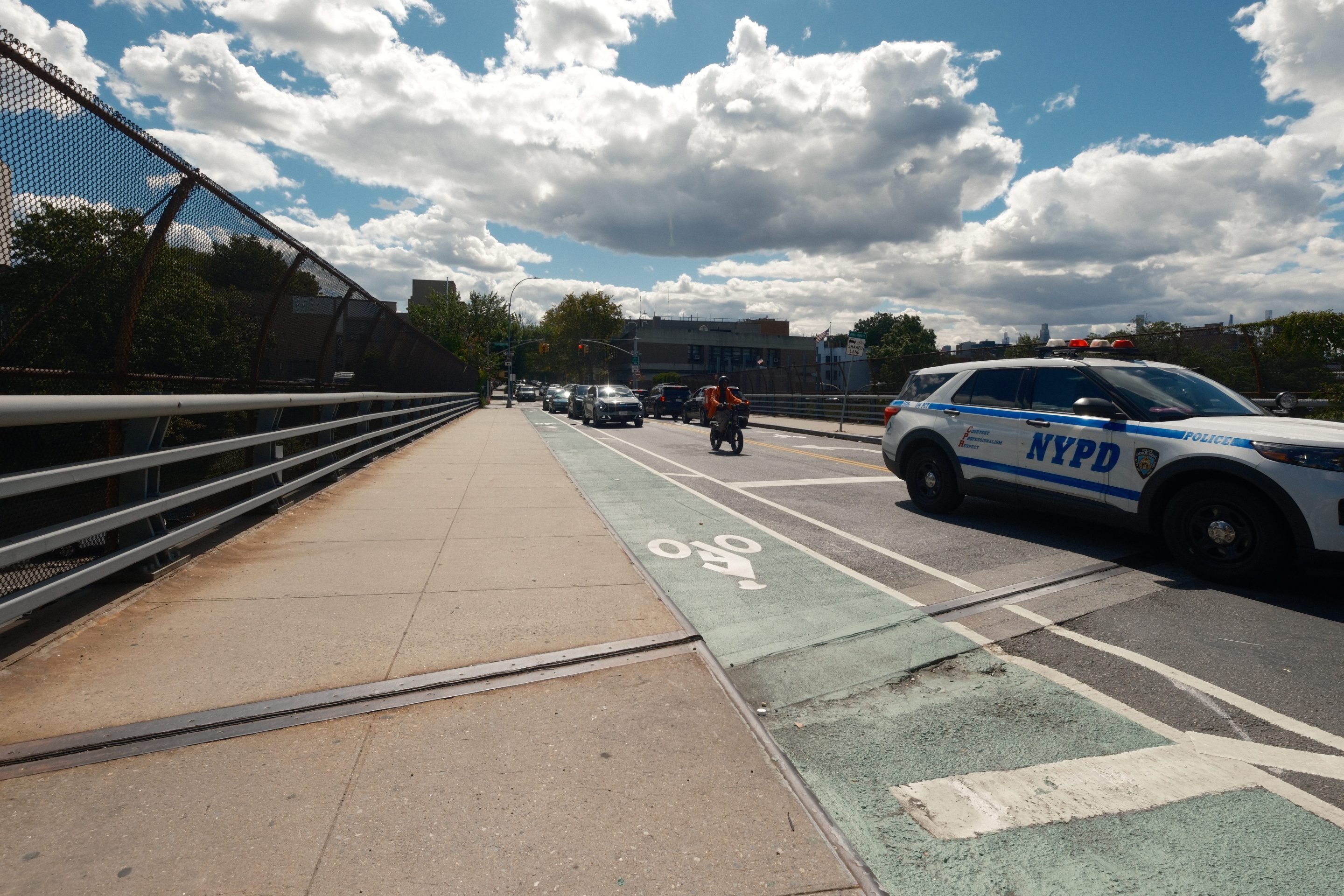Tacky. Depressing. Soul numbing. There are many ways to describe suburban office parks, those low-lying corporate campuses that populate highway-adjacent fields on the outskirts of American cities.
Here’s a new descriptor to add to the list: unpopular.

Who wouldn't want to work here? A lot of talented people, turns out. Photo: NRDC Switchboard
Businesses are eschewing the corporate big-box model in favor of urban locations that offer the broadest commuting shed and allow their employees to interact with the wider business community.
Kaid Benfield at the Natural Resources Defense Council’s Switchboard blog reports on this nationwide paradigm shift using examples from Chicago and drawing from Eddie Baeb’s Crain’s article on the subject:
Just as the tide has turned against large-lot suburban residential subdivisions, corporations are moving back into town (or, as in the case of Dublin, Ohio, doing everything they can to make their suburb more urban in character). The best and the brightest of the rising labor force, it turns out, don’t care to live and work in sprawl.
“'The whole corporate campus seems a little dated,' says Joe Mansueto, chairman and CEO of Morningstar, who moved the company’s 1,100 headquarters workers across the Loop to a new office tower at 22 W. Washington St. two years ago without even considering a move to the suburbs. ‘We’ve always liked being in Chicago. It helps keep employees on the pulse of what’s happening in our society. It keeps them current with cultural trends and possibly technological ones.’”
Baeb’s article also points out that central city locations help recruiting efforts not only with young, urban professionals but also with workers throughout the region: “For most people in greater Chicago, it’s easier to commute downtown than to a suburb on the other side of the metropolitan area.” That, of course, is a textbook illustration of what transportation researchers call “regional (or “destination”) accessibility,” the single most powerful indicator among land-use factors of how far people will drive, on average, over the course of a year. Central locations both facilitate transit access and reduce driving distances.
Corporate real estate is a fickle game but it’s nice to see the tide turning in a more sustainable direction.
Elsewhere on the Network today: Reminding us again why people hate it, Bike Portland reports that the planned CRC highway mega-project includes a whopping $60 million for suburban parking garages. Grist says that turning down rail money hasn’t done much for governors’ favorability ratings. And Stop and Move reports that Amtrak ridership is on the rise in California, despite the claim that Golden State residents won’t ride trains.





